Self tapping screw introduction
Date: 2025-04-17 Categories: Product introduction Hits: 882
Self-tapping screws are self-threading screws that can be easily screwed in without the need for pre-machined screw holes.
Self-tapping screws are a special type of fastener. Their greatest feature is that they can tap threads on the material being consolidated by themselves, thus achieving a tight connection. The following is a detailed analysis of self-tapping screws:

1. Definition and Working Principle
Self-tapping screws, also known as Self-tapping Screws in English, are screws with a drill bit. They are constructed using special power tools and can complete the operations of drilling, tapping, fixing and locking at one time. Its working principle is to rely on its own threads to "tap, drill, squeeze and press" the corresponding threads on the consolidated material, thereby achieving a tight fit.
2. Features and Advantages
No pre-drilling required: The pointed head design of self-tapping screws enables them to be screwed directly into the material without pre-drilling or tapping.
Easy installation: The installation can be completed quickly using power tools, saving time and cost.
Wide range of application: Mainly used for non-metallic materials (such as wood, plastic) or softer metal materials (such as thin steel plates).
Strong corrosion resistance: Commonly used in outdoor occasions, with strong corrosion resistance.
3. Difference from ordinary screws
Head design: Self-tapping screws are usually pointed, while ordinary screws are flat.
Thread characteristics: Self-tapping screws have a larger pitch and can tap out threads by themselves, while ordinary screws need to be pre-tapped.
Use scenarios: Self-tapping screws are suitable for non-metallic or softer metals, while ordinary screws are mainly used for hard materials.
4. Classification and Application Self-tapping screws can be divided into many types according to the shape of the head and the purpose, such as pan head self-tapping screws, countersunk head self-tapping screws, self-drilling self-tapping screws, etc. Its application scenarios include: Construction field: used for connecting thin plates such as wall panels and color steel plates. Home decoration: commonly used for fixing electrical housings, wooden boards, and plastic parts. Industrial manufacturing: suitable for connecting and fastening thin metal plates.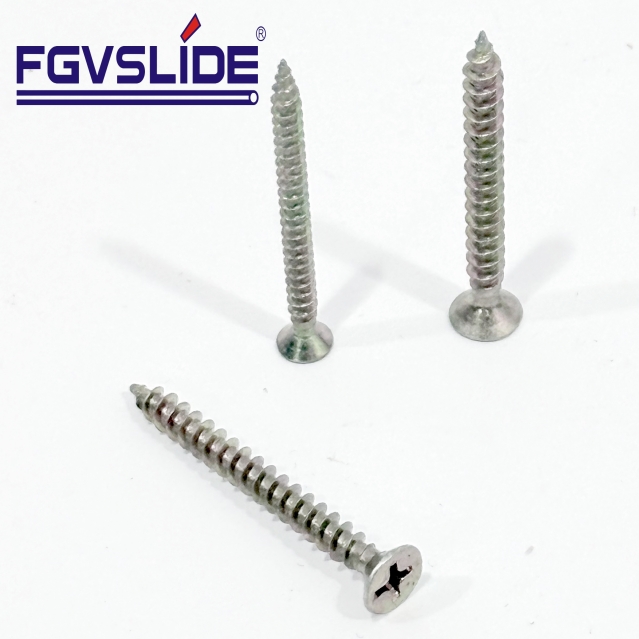

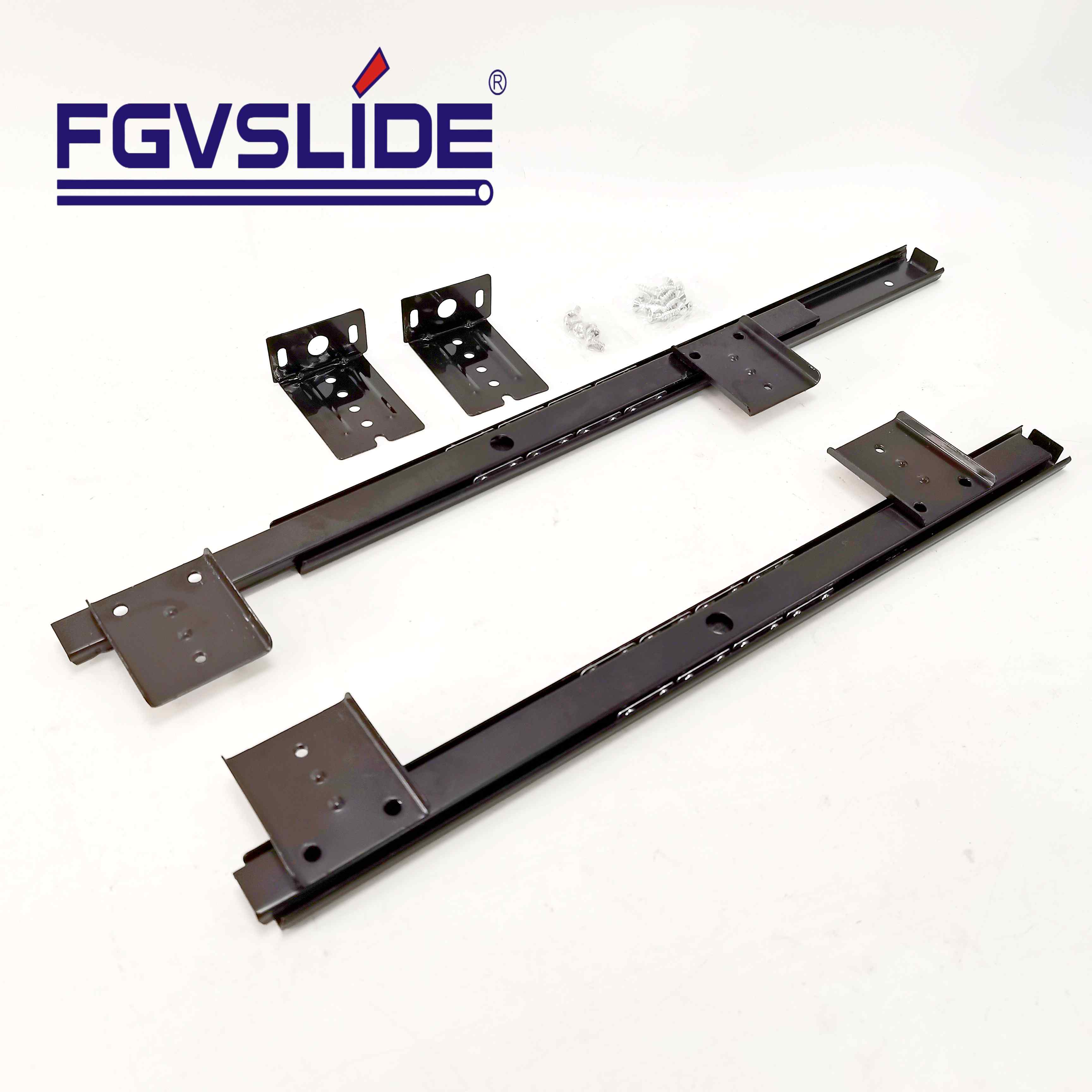 27mm computer desk keyboard tr...
27mm computer desk keyboard tr... 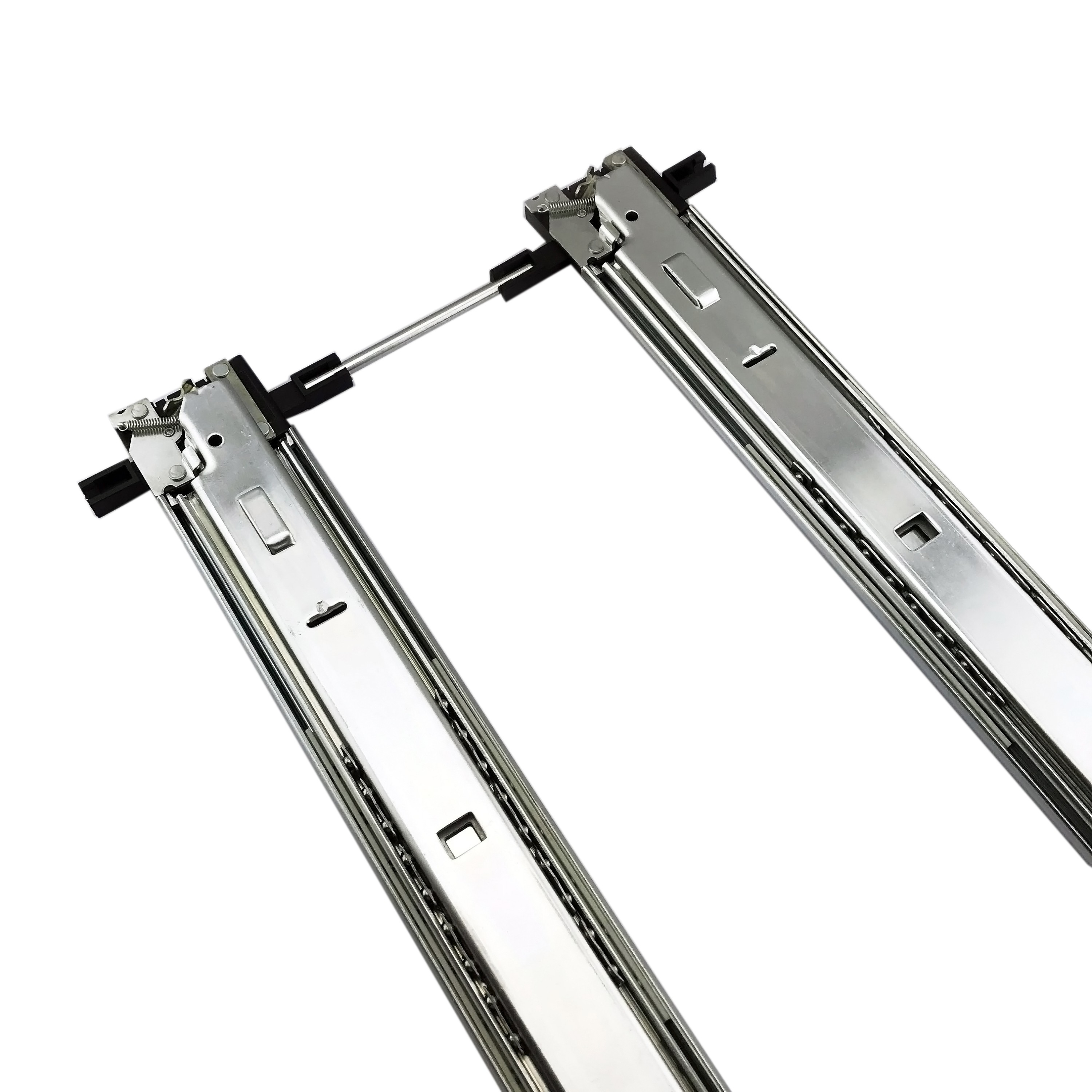 57mm interlock Anti Tilt ball ...
57mm interlock Anti Tilt ball ... 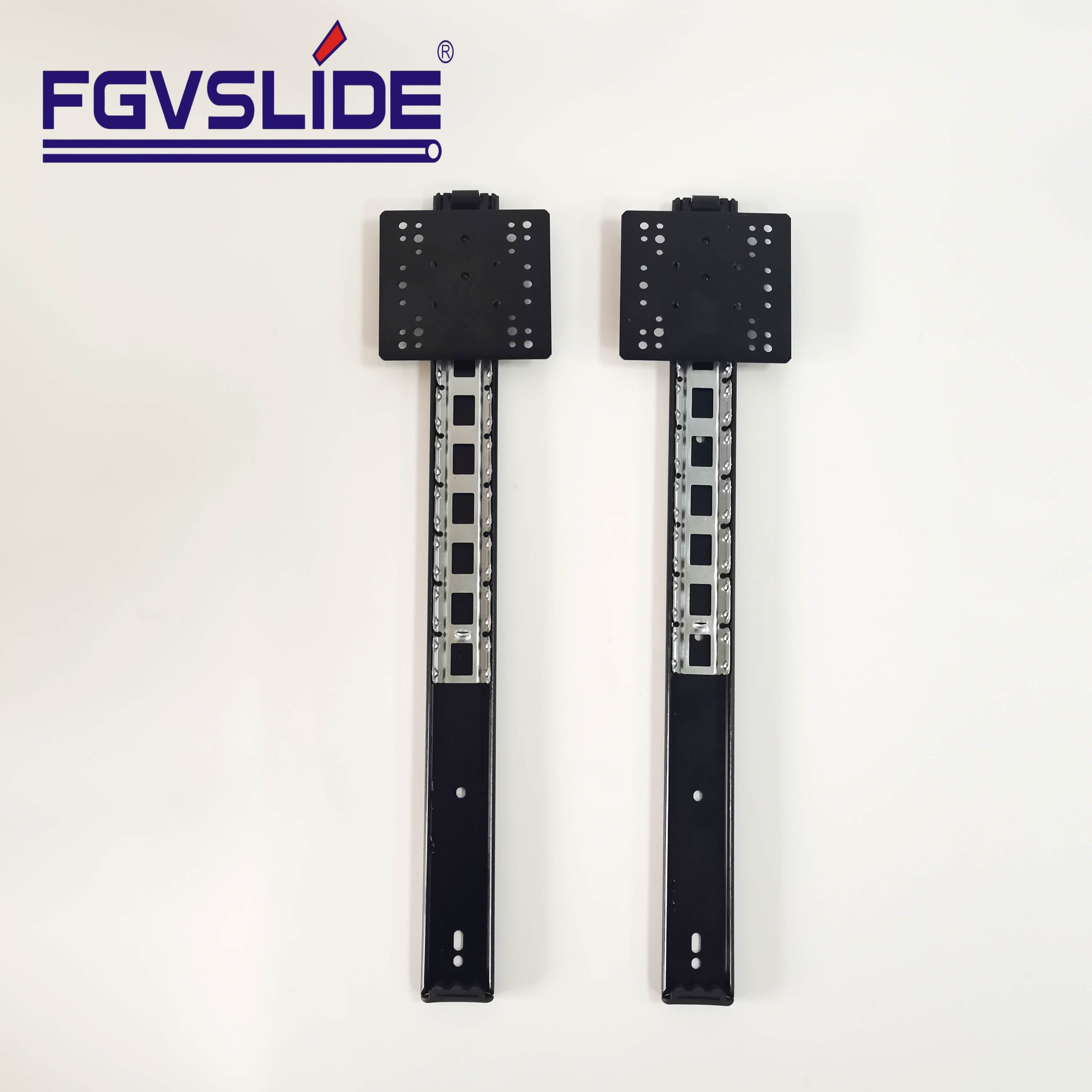 Television Drawer Slide Heavy ...
Television Drawer Slide Heavy ... 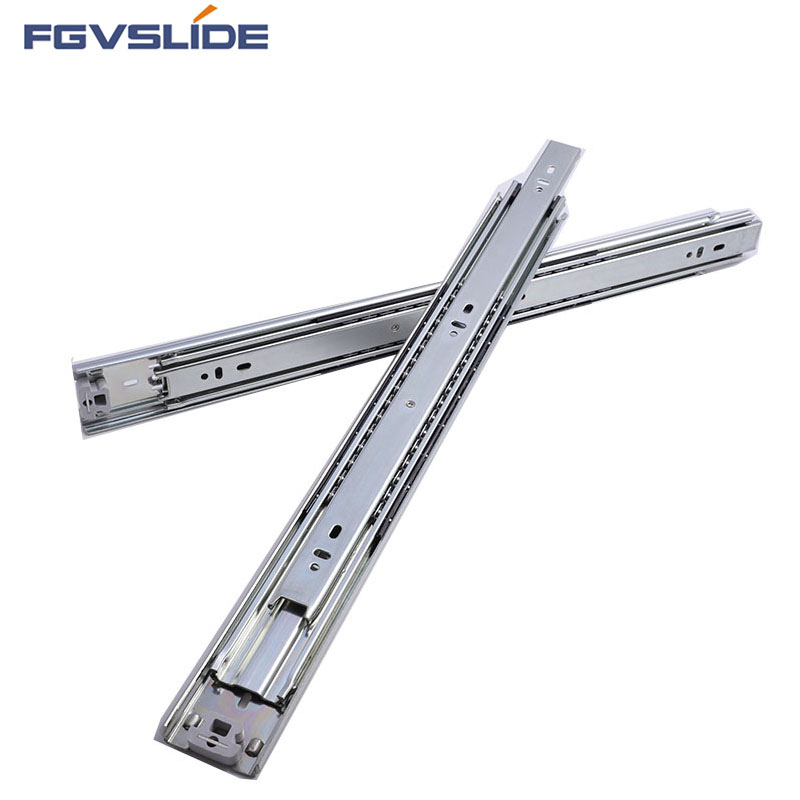 51mm heavy duty ball bearing f...
51mm heavy duty ball bearing f... 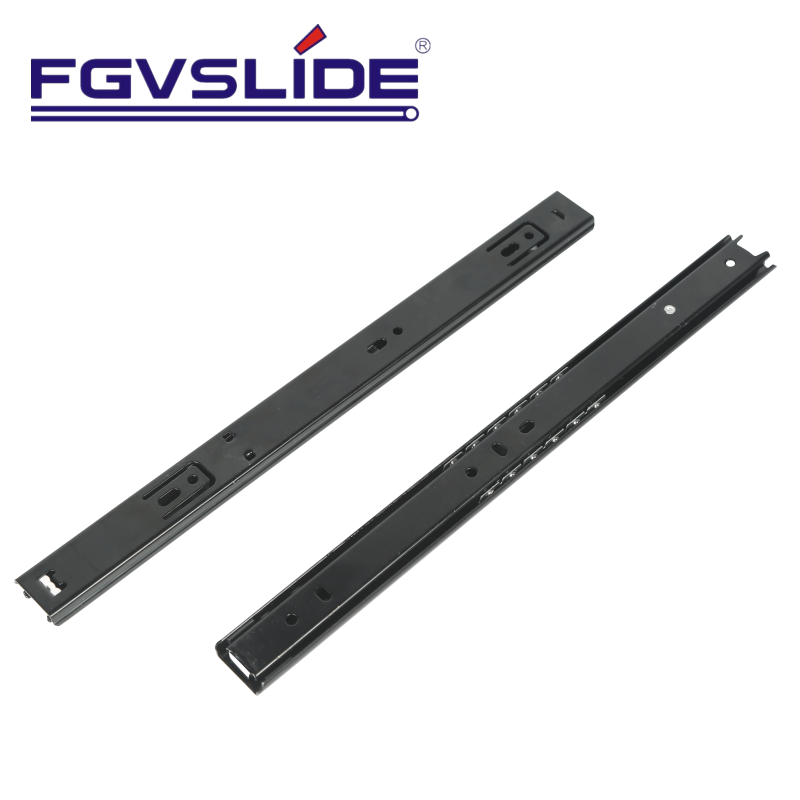 27mm regular ball bearing sing...
27mm regular ball bearing sing...  Soft close concealed slide wit...
Soft close concealed slide wit... 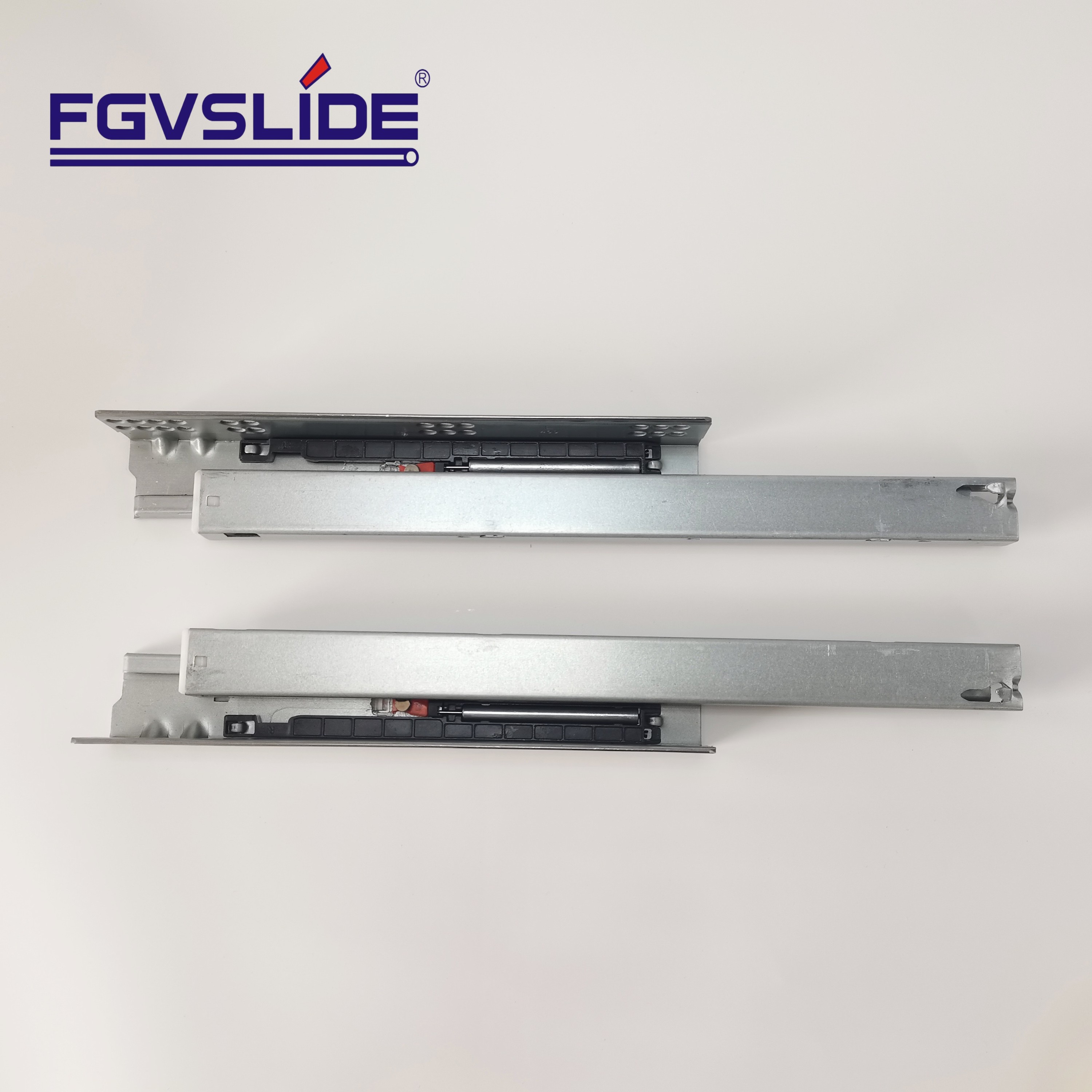 Synchronized soft close concea...
Synchronized soft close concea... 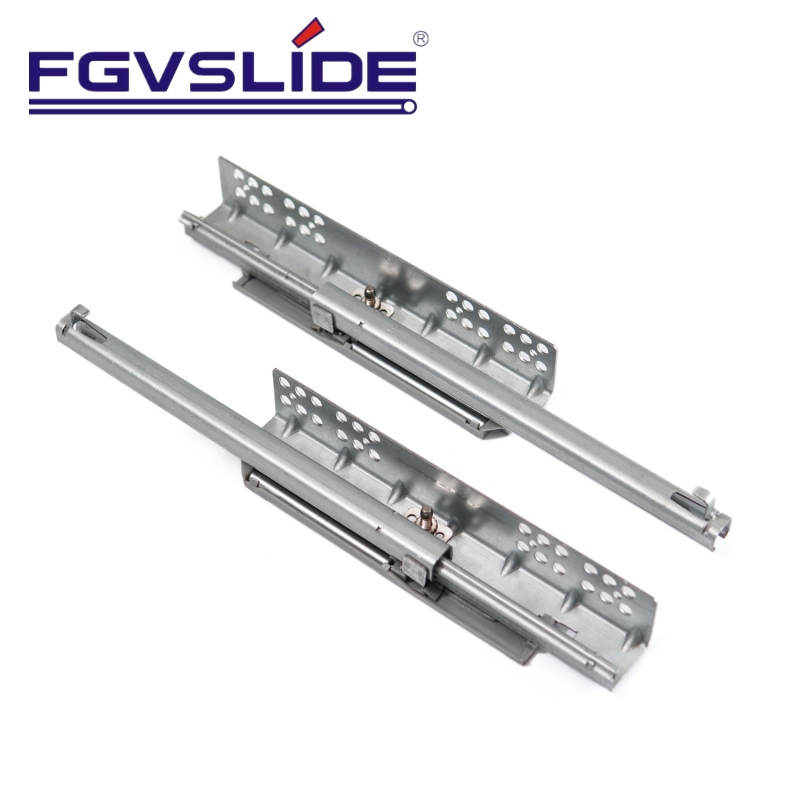 Soft close single extension co...
Soft close single extension co... 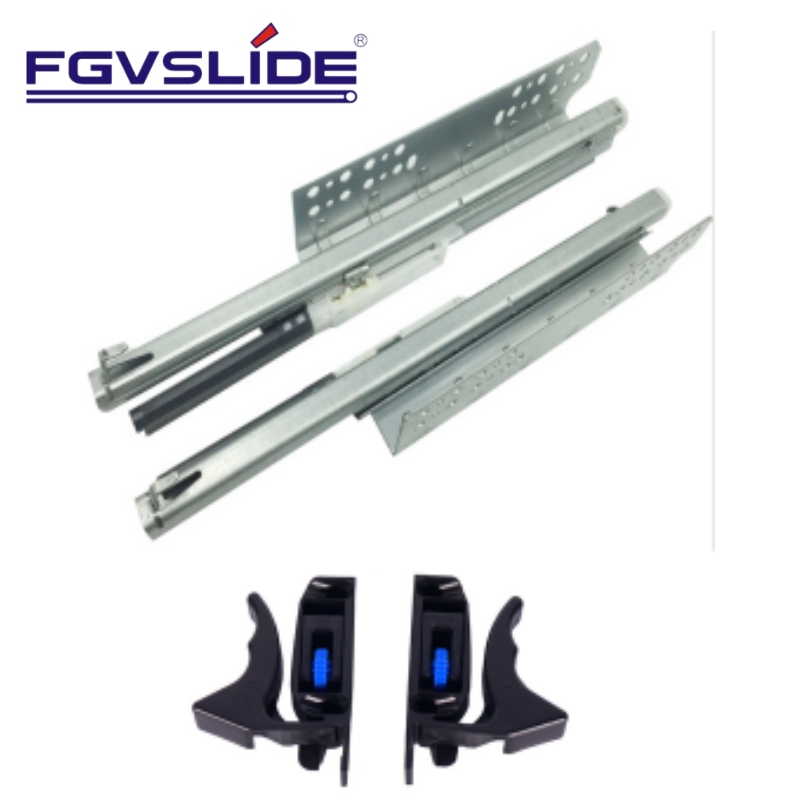 Soft close full extension conc...
Soft close full extension conc...  Soft close full extension conc...
Soft close full extension conc... 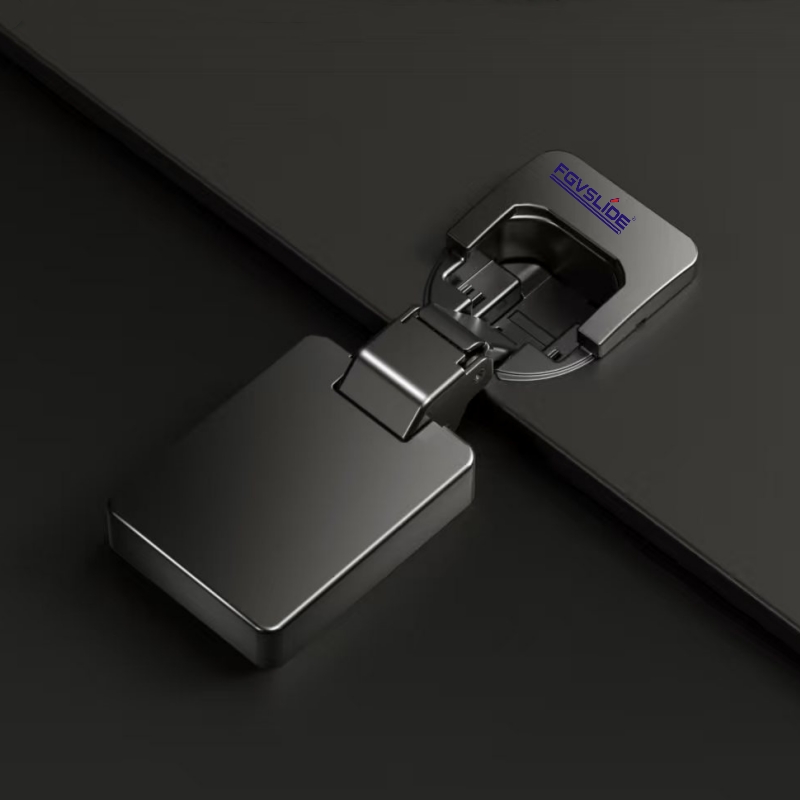 Furniture Slim Type Concealed ...
Furniture Slim Type Concealed ...  4 Inch 90 Degree Adjustable S...
4 Inch 90 Degree Adjustable S... 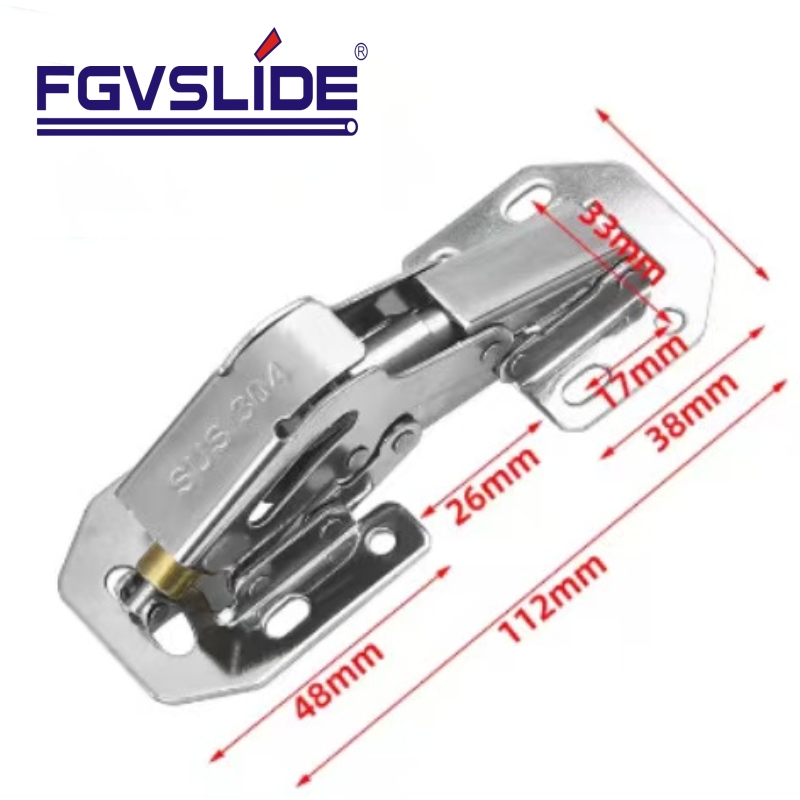 4 Inch Stainless Steel Soft Cl...
4 Inch Stainless Steel Soft Cl...  180 degree big open angle cabi...
180 degree big open angle cabi...  270 degree big open angle cabi...
270 degree big open angle cabi... 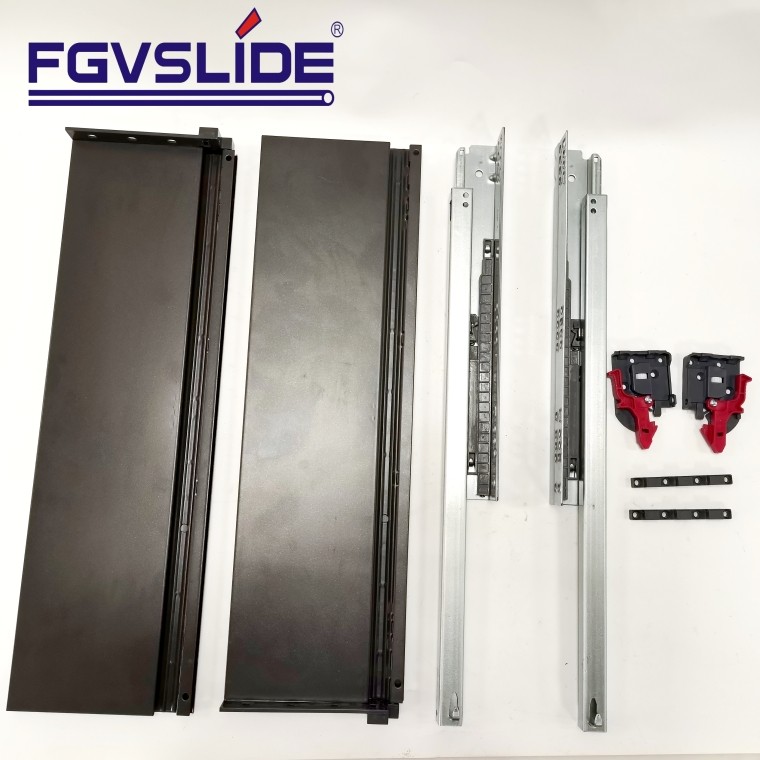 Slim box with single extension...
Slim box with single extension... 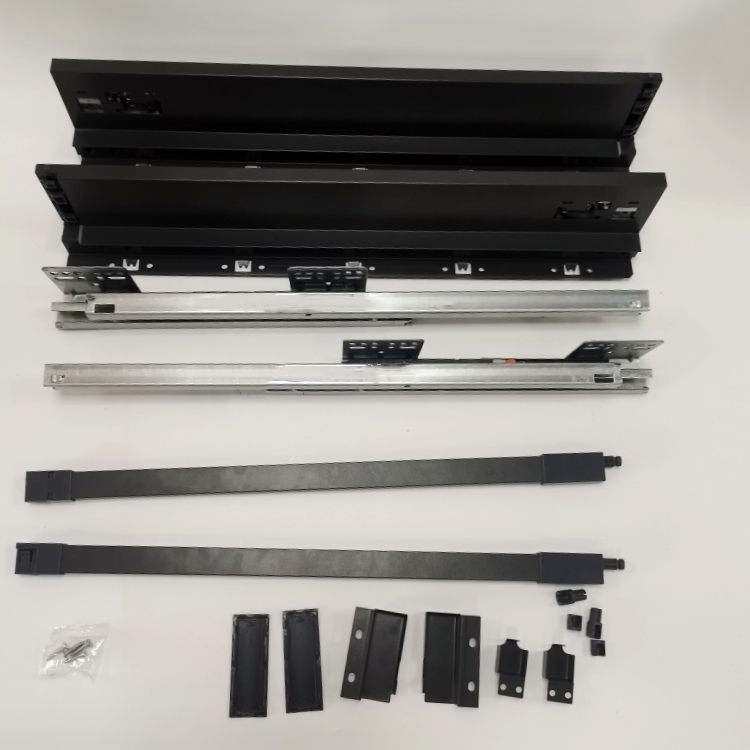 Slim drawer system with underm...
Slim drawer system with underm...  Square double wall drawer syst...
Square double wall drawer syst... 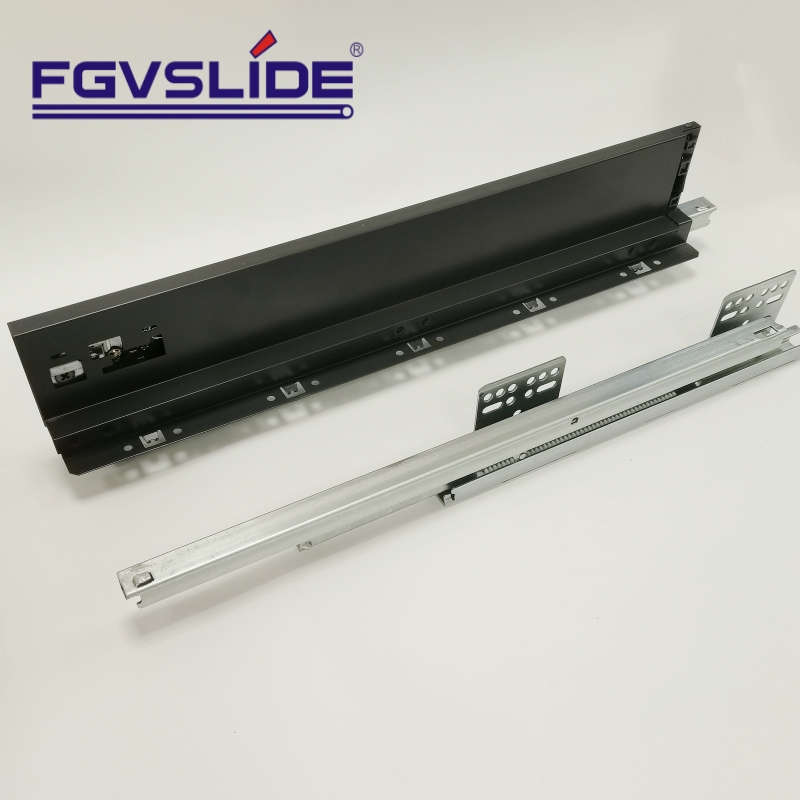 Slim drawer system with underm...
Slim drawer system with underm... 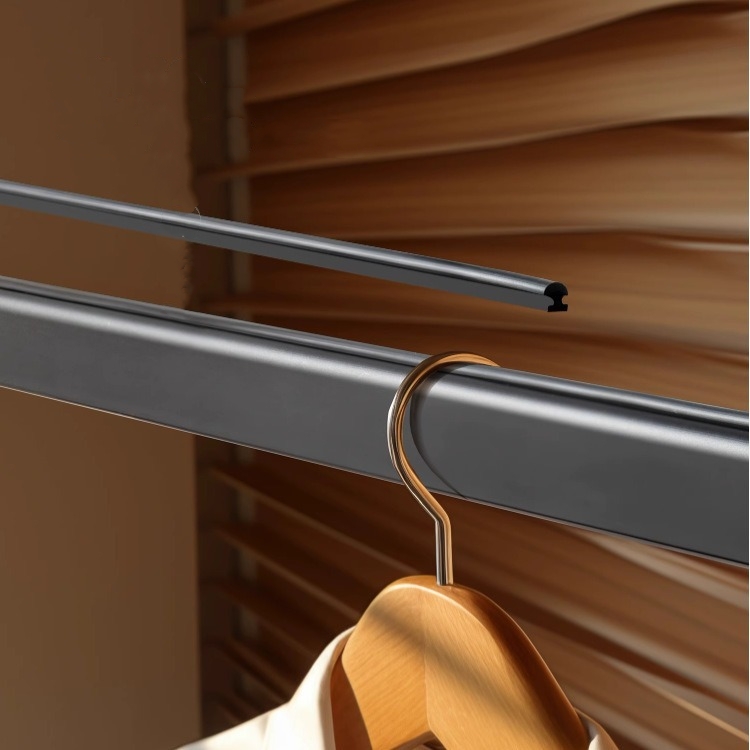 Polished chrome Aluminum wardr...
Polished chrome Aluminum wardr...  Aluminum gola profile pull hid...
Aluminum gola profile pull hid... 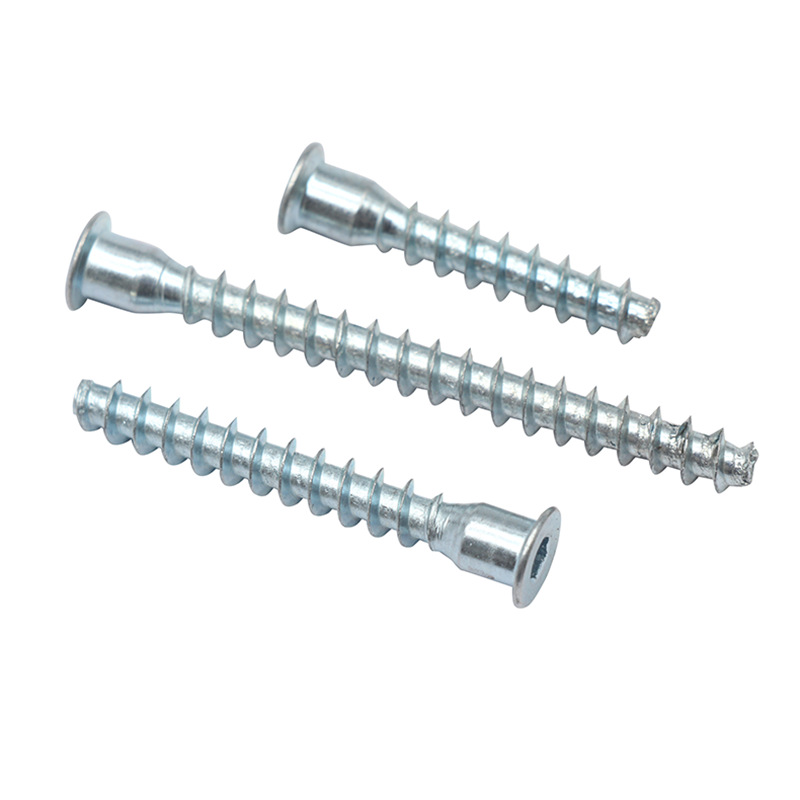 Countersunk head cross machine...
Countersunk head cross machine...  2 Inch Nylon Center Plate Swiv...
2 Inch Nylon Center Plate Swiv...